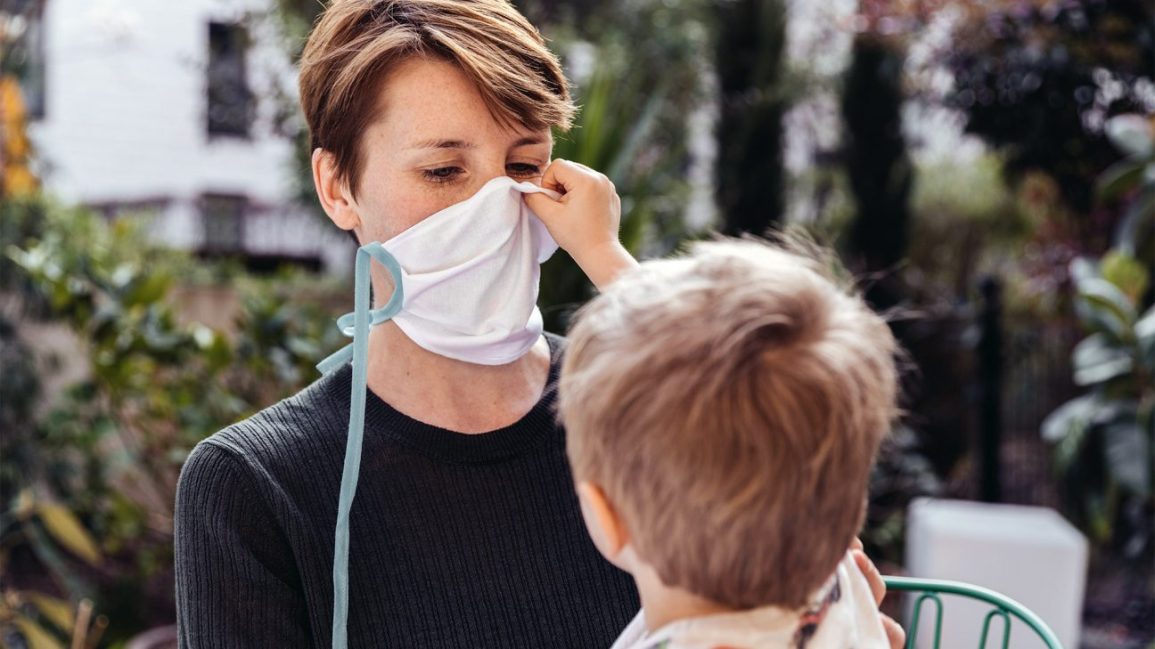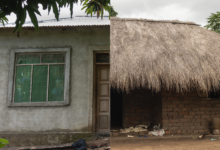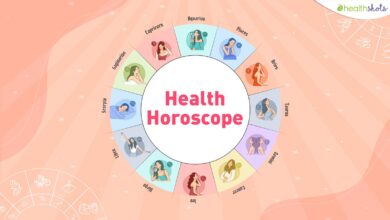
I’m Vaccinated. My Kids Aren’t. What’s Safe for Us to Do?
- The COVID-19 vaccine is currently not authorized for use in children under the age of 16.
- While children appear to be less affected by COVID-19 than adults, they’re not at zero risk from infection and illness.
- Families must weigh the benefits versus risks when deciding what activities to partake in with unvaccinated children.
As more and more adults across the United States receive the COVID-19 vaccine, families with unvaccinated children are left with many questions about which activities are safe to participate in this summer.
Two of the three vaccines currently on the market are authorized for use in adults 18 and older, while the Pfizer-BioNTech vaccine is authorized for people 16 and older.
Pfizer recently released data stating its vaccine is safe and effective for children 12 to 15 years old.
Experts expect children in this age group to start getting vaccinated soon, maybe even as early as next month.
Testing is also underway in children under 12 and as young as 6 months. But these trials are expected to take longer; younger children may need different doses than adolescents and adults.
“If all goes well, we’re looking at probably early 2022 when we would see emergency use authorization for younger kids,” Dr. Stanley Spinner, vice president and chief medical officer at Texas Children’s Pediatrics and Texas Children’s Urgent Care.
That leaves a lot of time and uncertainty for parents trying to navigate a post-vaccine world where they’re protected but their children are still at risk of infection and transmitting the virus to others.
The good news is that children appear to be less affected by COVID-19 than adults.
“Fortunately, children seem to have a lower risk of severe illness from the virus,” said Dr. Dane Snyder, section chief of primary care pediatrics at Nationwide Children’s Hospital. “The risk is still there. It’s just much lower than adults.”
Spinner also emphasized that children are much less likely to be hospitalized or die from COVID-19, but noted there are kids who have been severely affected.
“Here at Texas Children’s, just like at other pediatric hospitals across the country, we continue to have children in the ICU due to COVID infection,” he said. “Most of these children are at higher risk due to their underlying conditions, but some were completely healthy and we wouldn’t have expected there to be a problem.”
As such, parents should continue to take precautions to keep unvaccinated children safe, especially those who are medically vulnerable.
“We don’t live in a zero-risk world, so the bottom line is figuring out how much risk is anyone willing to take when making a decision,” Spinner said. “There are so many variables that one has to consider.”
Healthline asked Spinner and Snyder to offer guidance on what factors parents should weigh when deciding whether to partake in the following activities with their unvaccinated children. Here’s what they said.
Both experts emphasized the importance of human interaction, especially with loved ones.
“That’s such an important part of our lives, both short term and long term, so it’s important to include those benefits when it comes to evaluating risk,” Snyder said.
The Centers for Disease Control and Prevention (CDC) states that fully vaccinated people can visit with unvaccinated people from a single household who are not at severe risk of COVID-19 indoors without wearing masks.
This means kids who don’t have an underlying condition that puts them at risk of COVID-19 complications can safely visit with their fully vaccinated grandparents.
For high-risk children, Spinner recommends being a bit more cautious. Visiting outdoors and wearing masks is one way to do this.
“We’re still not 100 percent sure that everyone who is fully vaccinated may not transmit the virus,” Spinner said. “We’re still learning.”
When you start bringing other unvaccinated people into the mix, this is when it becomes more complicated.
“If you have a family member who isn’t masking when going out and engages in socially risky behavior, that may alter the dynamics of getting together,” Spinner said.







